Search the Special Collections and Archives Portal
Search Results
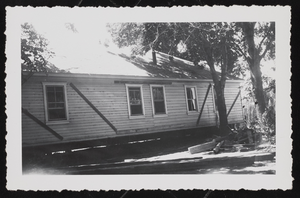
Photograph of Cord house, Fish Lake Valley (Nev.), 1930s
Date
Archival Collection
Description
Image
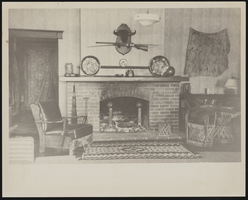
Photograph of Boulderado Ranch interior room, North Las Vegas (Nev), 1920-1930
Date
Archival Collection
Description
Image
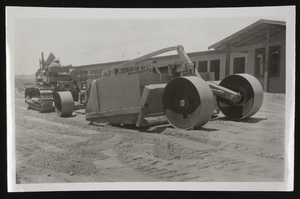
Photograph of a construction vehicle, Boulder City (Nev.), approximately 1931-1936
Date
Archival Collection
Description
Image
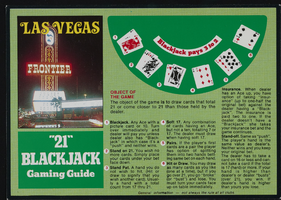
Postcard of gaming guide to blackjack showcasing the Frontier Hotel, Las Vegas (Nev.), approximately 1900s-1980s
Date
Archival Collection
Description
Image
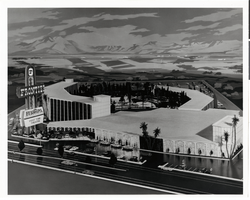
Photograph of a model of the proposed Hotel Frontier, circa 1964
Date
Archival Collection
Description
Model of the proposed Hotel Frontier
Site Name: Frontier
Address: 3120 Las Vegas Boulevard South
Image
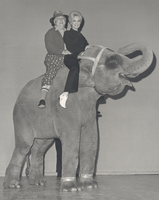
Photograph of Jay and Joyce Sarno on the back of Tanya the Elephant, Circus Circus, Las Vegas, Nevada, February 1971
Date
Archival Collection
Description
Image
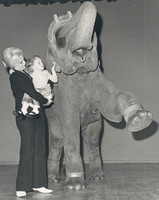
Photograph of Joyce and Heidi Sarno with Tanya the Elephant at Circus Circus, Las Vegas, Nevada, February 1971
Date
Archival Collection
Description
Image
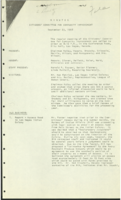
Las Vegas Citizens Committee for Community Improvement meeting minutes, September 23, 1968
Date
Archival Collection
Description
Las Vegas Citizens Committee for Community Improvements minutes: report on access road to the Las Vegas Paiute Colony, dump sites, Mardi Gras Hotel.
Text

Transcript of interview with Brad Nelson by Stefani Evans, October 30, 2017
Date
Archival Collection
Description
In 1984, with the advice of his father ringing in his ears, Brad Nelson uprooted his wife and two children from their Denver home and moved them to Henderson, Nevada, where he would begin a new adventure in shaping the new master-planned community of Green Valley with Mark Fine and American Nevada Corporation (ANC). Nelson, lifelong Nebraskan and only child of his parents, arrived armed with a Bachelor's degree in landscape architecture with urban planning option, a Master's degree in urban planning, and fifteen years of planning and executive experience with the national firm of Harmon, O'Donnell and Henniger Planning Consultants. He arrived in time to plan Green Valley's first village, the Village of Silver Spring. By the time he left ANC for Lake Las Vegas in 1999, his work was done and most large parcels had been sold. As Nelson puts it, by 1999 ANC was "out of land, and I'm a land guy." Lake Las Vegas had plenty of undeveloped land, so "land guy" Nelson a chief operating officer
Text
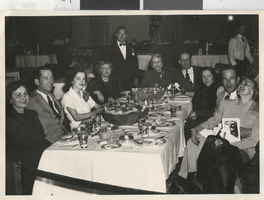
Photograph of Harold Hind and Betty Hind seated at a table with others, Las Vegas (Nev.), circa 1948
Date
Archival Collection
Description
Image
